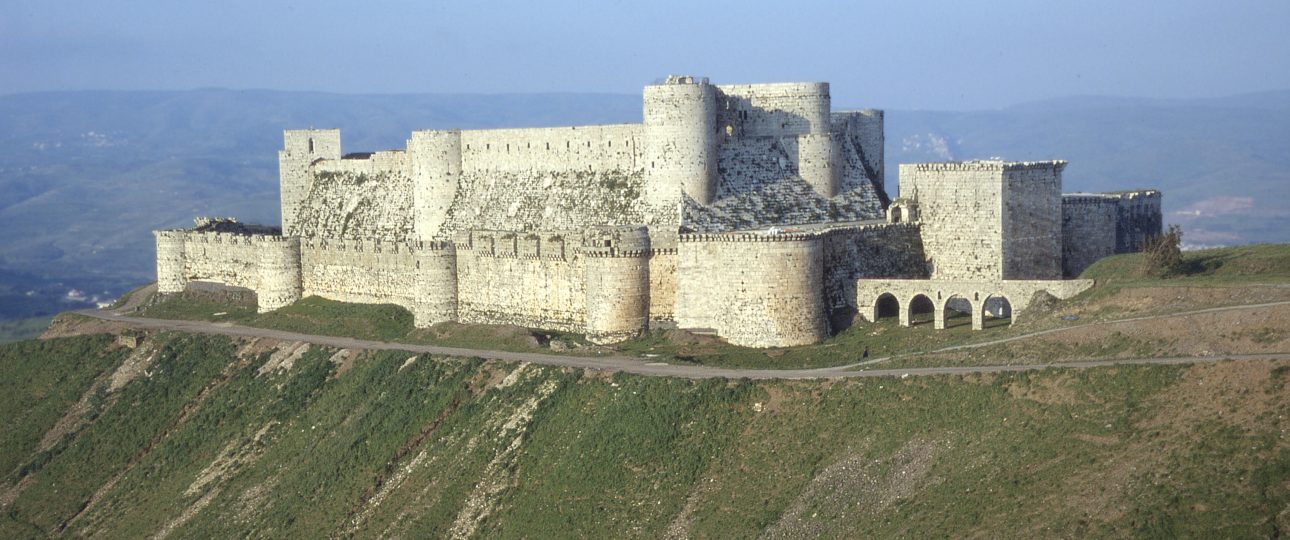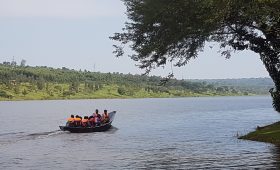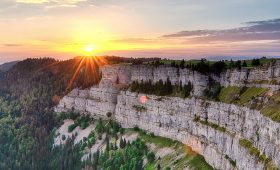Krak des Chevaliers: A Journey Through History
Location and Historical Significance
Krak des Chevaliers is a remarkable medieval fortress located in Syria, approximately 40 kilometers west of Homs. This castle was a key stronghold during the Crusades, built and expanded by the Order of the Knights of St. John between 1142 and 1271. It served as the easternmost of five Crusader fortifications guarding the Homs Gap, a crucial pass in the Orontes River Valley. At its peak, Krak des Chevaliers housed a garrison of up to 2,000 men and was considered nearly impregnable until it fell to the Mamluk Sultan Baybars in 1271 through a clever ruse.
Architectural Features
The fortress covers an area of 3 hectares and is renowned for its well-preserved architecture. It consists of two main parts: an outer wall with 13 towers and an inner wall and keep, separated by a moat that once supplied water for the baths and horses. Visitors can explore the imposing main entrance, a courtyard, and a large vaulted hall featuring an old oven, a well, and latrines. The chapel, converted into a mosque after the Mamluk conquest, still retains its mihrab. The top floor of the Tower of the Daughter of the King now houses a café offering stunning views.
Best Time to Visit
For the most pleasant experience, visit Krak des Chevaliers in spring or autumn when the weather is mild. Summers can be extremely hot, and winters are often cold. Arriving early in the morning is advisable to avoid crowds, as the site can become busy with tourists by mid-morning. Always check current travel advisories and the political situation before planning your trip to Syria.
How to Get There
Traveling to Krak des Chevaliers can be an adventure. The fortress is accessible from major cities like Tartus and Hama, with Hama being a more attractive base despite being slightly farther away. Buses from Homs offer a convenient and affordable option, with fares under $1 and a travel time of less than an hour. Alternatively, a taxi from Damascus costs around $60 for a round trip, including the driver waiting outside. Some hotels in Damascus also organize bus trips, though these can be lengthy for a single site visit.
Local Transportation
Public transportation within Syria includes buses and shared taxis to Homs, from where you can hire a taxi or join a guided tour to reach the fortress. It’s crucial to stay informed about the local situation and follow any travel advisories. If you plan to return to your starting point the same day, check the last bus times to avoid being stranded overnight.
Practical Tips
Bring a flashlight to explore the dark tunnels and rooms within the castle. Exercise caution, as there are many places where you could fall. Postcards, booklets, and souvenirs are available at the ticket office and nearby restaurants. For dining, consider Restaurant al-Qalaa, which offers good quality meals and magnificent views, or Des Chevaliers for a buffet experience opposite the castle entrance. Inside the castle, the Castle Restaurant provides standard mezze and meats with attractive views, though the food is average.




